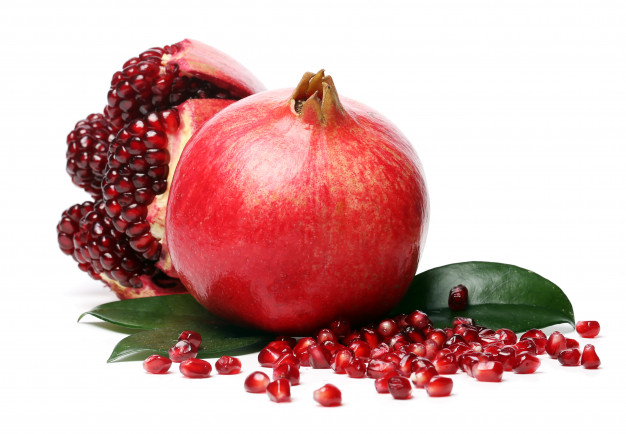Table of Contents
PIGMENTATION
Pigmentation is becoming a common problem. Whether from blemishes, sun damage, freckle, skin rashes are a common problem today. Small brown spots on the cheeks or nose can be a real problem if not appropriately addressed. Hyperpigmentation is less painful.
If this type of blockage occurs to poor skin care, you will need to eliminate it. It can also used instead of natural alternatives to laser therapy.
What is skin pigmentation?
Pigmentation is a change in skin color. This common problem, which causes dark spots on the skin, affects both men and women. It caused by an excess of melanin, the pigment that gives your skin its natural tone. When this pigment forms a deposit on the skin, it causes pigmentation or hyperpigmentation.
There are several types of skin pigmentation – some may be treatable, and some may not.
Skin pigmentation type
Age spots-These are the most common types of toxins that generally caused by sun damage. They found in places frequently exposed to the sun.
Melasma or chloasma: Covers the same area as the time zone, but covers a larger area of the skin. Hormonal changes most often cause these spots. For example, during pregnancy, hormones can reduce excess melanin and cause skin darkening.
Freckles (Ephelids): This is the result of the sunrise. You look like a small dot and a small bush on your face and shoulders.
Post-inflammatory inflammatory hyperpigmentation (PVH): A condition in which your skin has symptoms or patches caused by injury, burns, acne, or severe chemotherapy.
Home Remedies for Skin Pigmentation
Apple cider vinegar
Apple cider vinegar contains polyphenol mixtures that offer numerous health benefits. Unconfirmed evidence suggests that ACV may be helpful in the management of pigmentation and other skin problems. However, there is no scientific evidence to prove this effect.
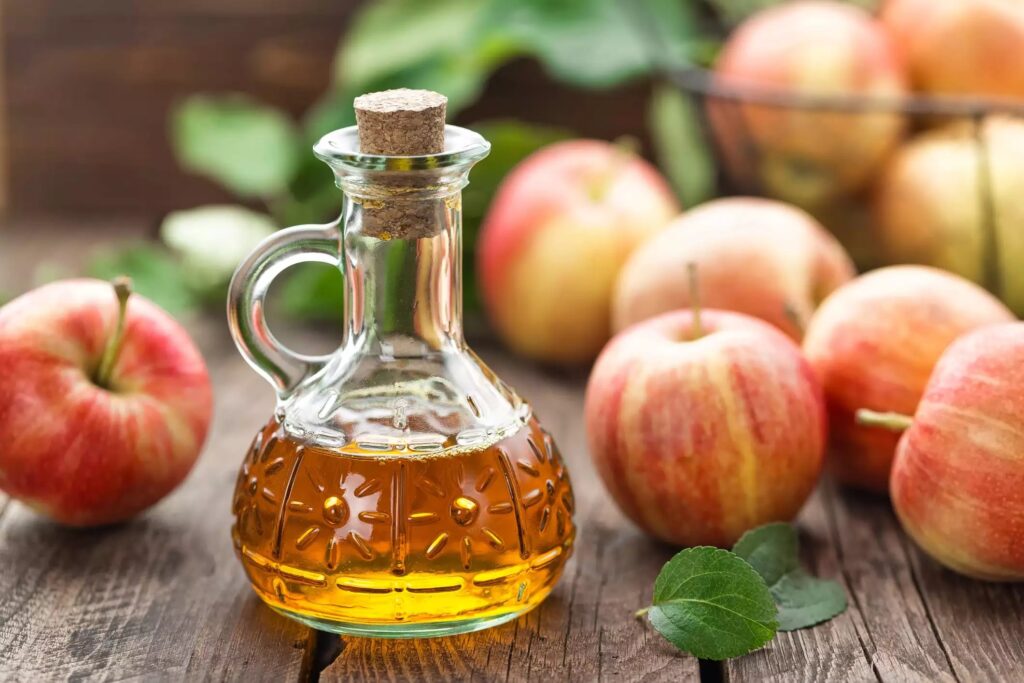
How to use:
Mix a tablespoon of apple cider vinegar and water in a bowl (take equal parts of both depending on the area to treat). Soak a cotton ball in the mixture and apply it to the affected area. Leave it for 3 minutes or until it scorched and rinse with warm water. Repeat twice a day.
Also Read: Sandalwood Face Packs For Skin Whitening
Aloe Vera
Aloe vera contains an active ingredient called aloin, which has skin lightening properties.
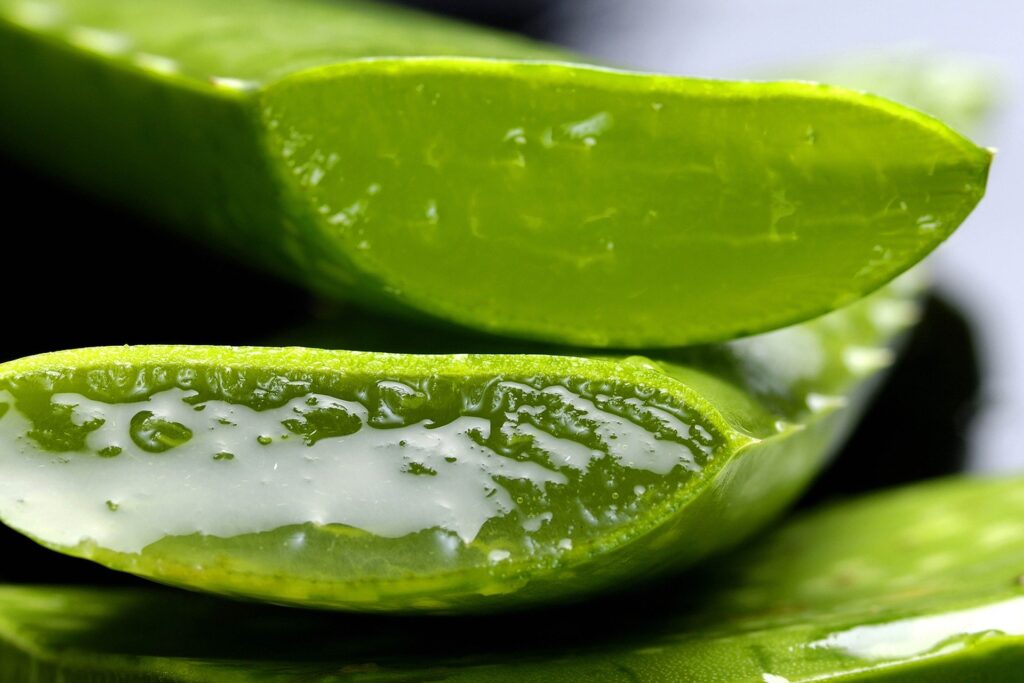
How to use:
Mix 2 tablespoons of fresh aloe vera gel and teaspoon of honey in a bowl. Allow the mixture to rest for 5-10 minutes. Apply to the affected area and allow to dry. Wash off with lukewarm water.
Green tea
Tyrosinase is an enzyme found in your body and responsible for pigmentation. Green tea extracts found to inhibit fungal tyrosinase (in vitro), which can have a depigmenting effect. However, more studies required to establish its efficacy.
How to use:
Dip a green tea bag in a cup of hot water and wait for it to cool down. Rub the tea bag on the affected area. Repeat this treatment twice a day.
Lemon
Lemon is a powerful bleaching agent and has skin lightening properties. It used in many skin lightening formulations, such as Lucedam, Meladerm, and Skin Bright. However, lemon juice can irritate delicate skin, so do a patch test on your arm before using it. Be sure to apply sunscreen after using this remedy because lemon juice can make your skin photosensitive.
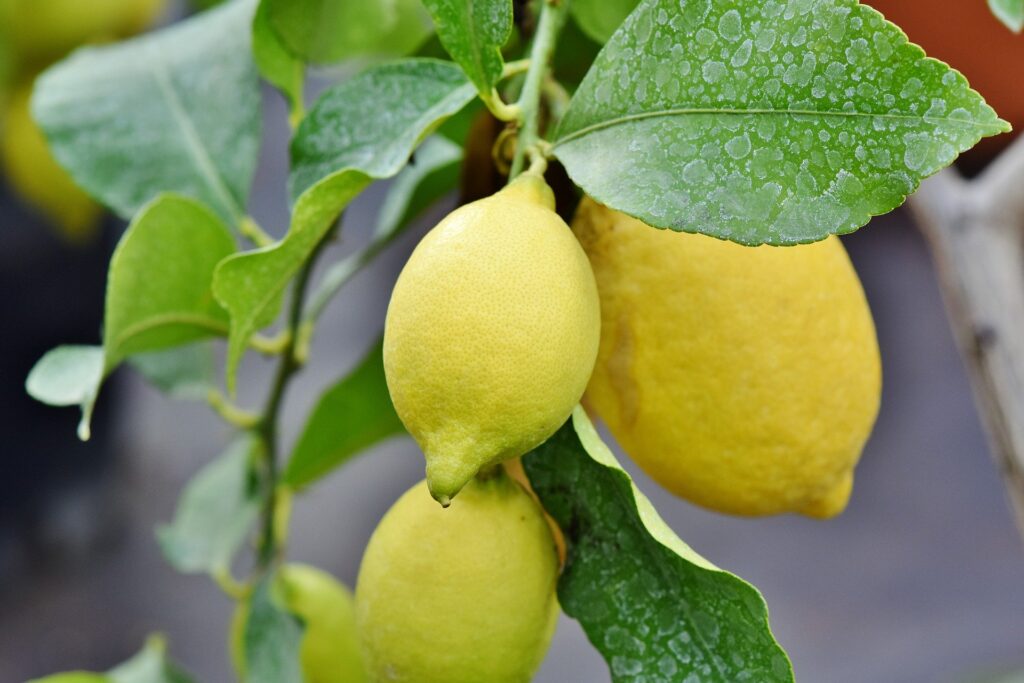
How to use:
Mix diluted lemon juice with organic honey. Apply the mixture to the skin and wait 15 minutes before washing it off with warm water.
Red onions
Red onions are often used in non-slip scar creams. A study on fungal tyrosinase found that red onion skin contains ingredients with cosmetic potential for skin whitening.
How to use:
Rub a slice of purple onion on the affected area. Let’s wait for some time and then wash it off. Repeat the treatment twice a day.
Licorice Extract
Licorice contains labrid, a polyphenolic flavonoid that helps prevent UV-induced pigmentation and has anti-inflammatory effects. However, further studies are needed to establish the design building.
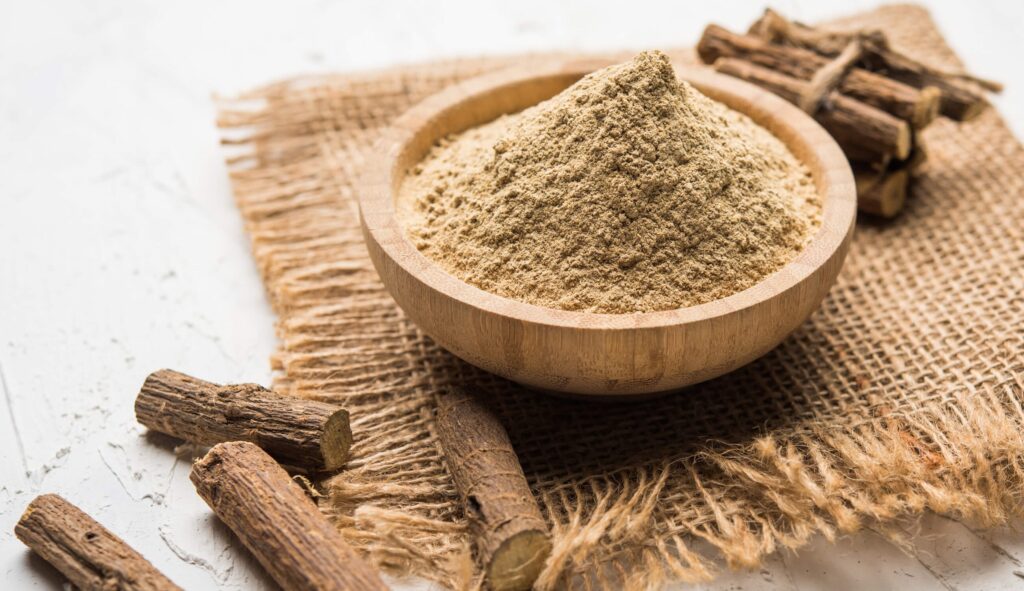
How to use:
Boil 4-5 licorice roots in water. Allow the liquid to cool and filter it into a spray bottle. Apply it as a mist twice a day.
Milk
Milk contains lactic acid, which used in chemical peels to lighten and whiten skin. It has also been found that lactic acid may be used to treat melasma.
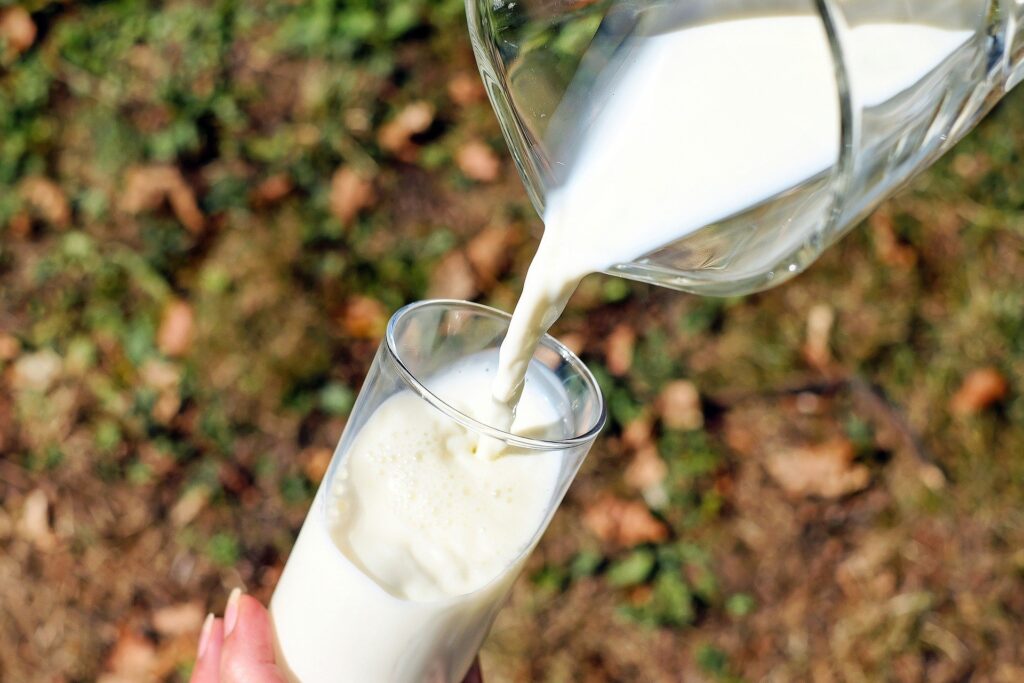
How to use:
Apply fresh milk with cotton on the skin; let it dry. Wash it with warm water. Do this twice a day.
Tomato
Tomato contains lycopene, which can reduce the long-term effects of photodamage. Since spots and pigmentation also have a long-term impact on photodamage, tomatoes can help alleviate them.
How to use:
Slice a tomato and rub it on the face. Let dry, wash off with warm water. Follow this twice a day.
Black tea
A study, when applied to pigmented spots on guinea pigs, found that black tea reduced hyperpigmentation.
How to use:
Boil a tablespoon of tea leaves in water. Allow the water to cool down and drain into a bowl, apply it to the skin.
Peel of Orange
Orange is a source of vitamin C. Orange peel extracts can reduce melanin deposits, reduce dark spots, and brighten your skin. The study was performed on humans, and none of the subjects developed skin humiliation.
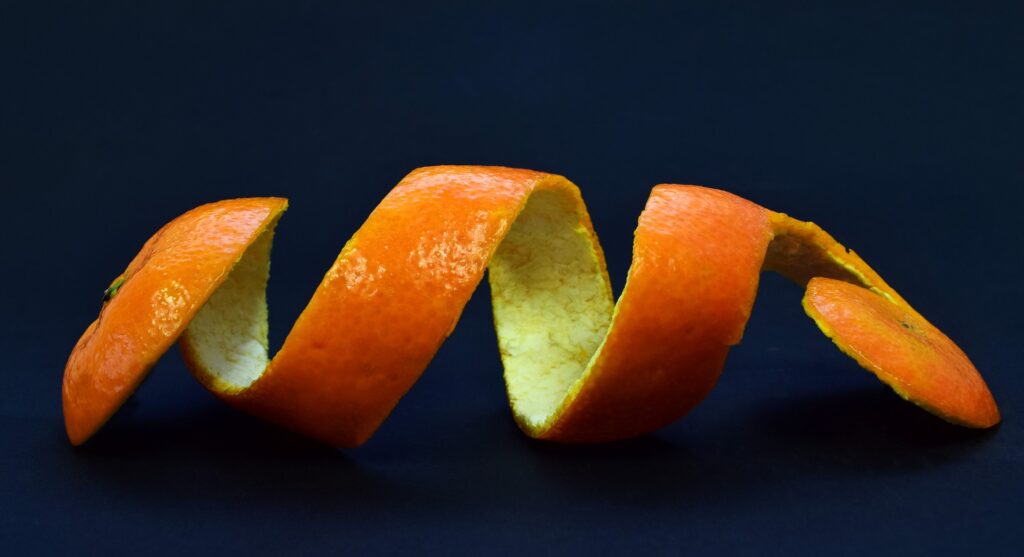
How to use:
Dry and orange peel powder, mix the powder with a teaspoon of diluted lemon juice and honey and apply it as a face mask. Do this three times a week.
Potatoes
Potatoes contain azelaic acid, which may reduce acne and hyperpigmentation caused by acne and breakouts.
How to use:
Slice potatoes and rub it on the spots, wash it off after drying. Repeat the process every day.
Sandalwood oil
Sandalwood oil contains alpha-santalol, which helps in inhibiting tyrosinase and UV-induced pigmentation and age.
How to use:
Mix 2-3 drops of sandalwood oil with a carrier oil (sweet almond oil) and apply it on the face once a day.
Mulberry Extracts
Mulberry extracts derived from mulberry leaves can help with hyperpigmentation. In-vitro studies have found that Mulberroside F, the active ingredient present in mulberry, inhibits tyrosinase activity, melanin production, and motility. It also acts as a Reactive Oxygen Sex (ROS) scavenger. In a randomized, single-blind, placebo-controlled trial, 75% of mulberry extract oil was found to be effective in reducing melasma.
How to use:
Stem mulberry leaves soak in almond oil for 3-4 days and then apply the oil on your skin. You can also apply crushed mulberry fruit on your skin; you may notice the results over time.
Also Read: 6 Health Benefits of Apple Cider Vinegar
Orchid flower section
The orchid extract has the same effect as vitamin C for improving hyperpigmentation. A study of 48 women between the ages of 30 and 60 found that it helped develop melasma and had a skin whitening effect.

How to use:
You can buy products containing extracts of orchid, or see maggot leaves in hot water for half an hour, store in a spray bottle, and use it as a face mask.
Natural ingredients usually do not have significant side effects unless you are allergic to them or have hypersensitive skin. They are safe but may take some time to show results. If your condition is severe, and you want quick results, talk to your doctor for more effective medical treatment options.



